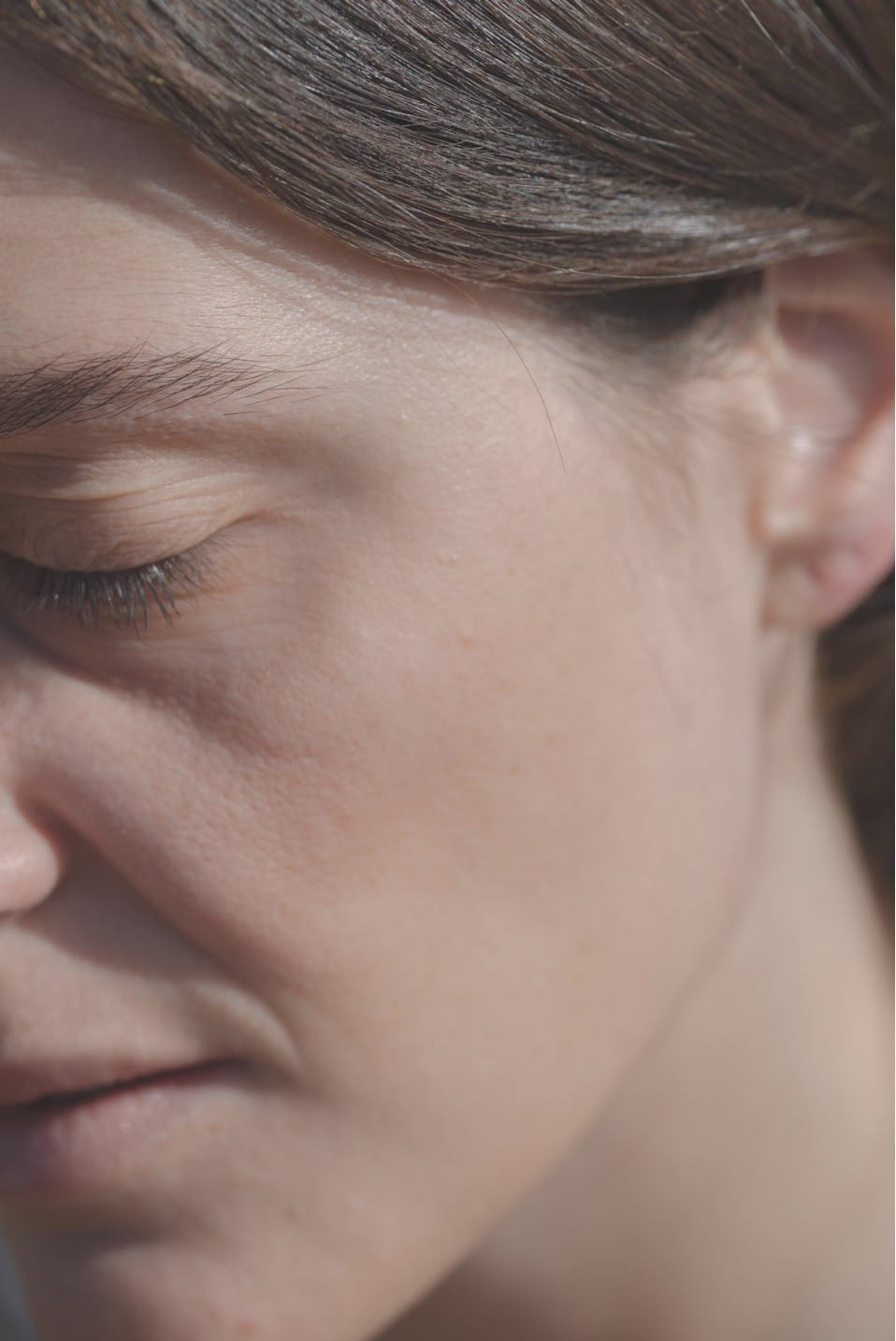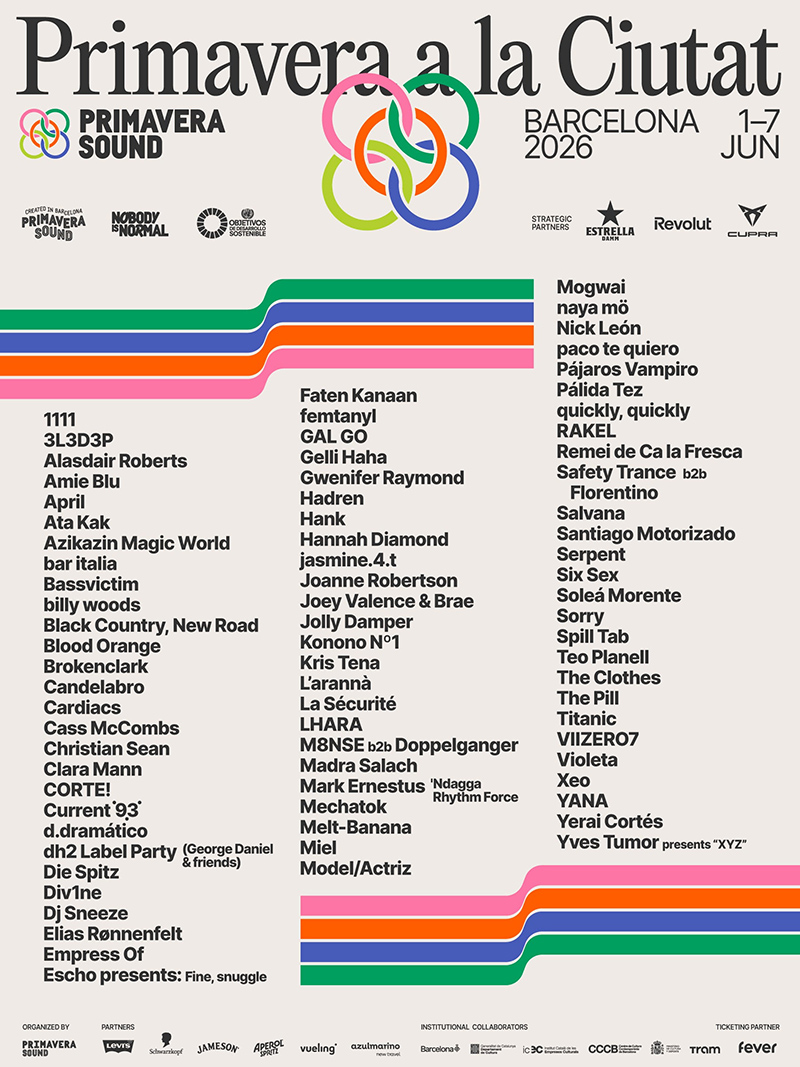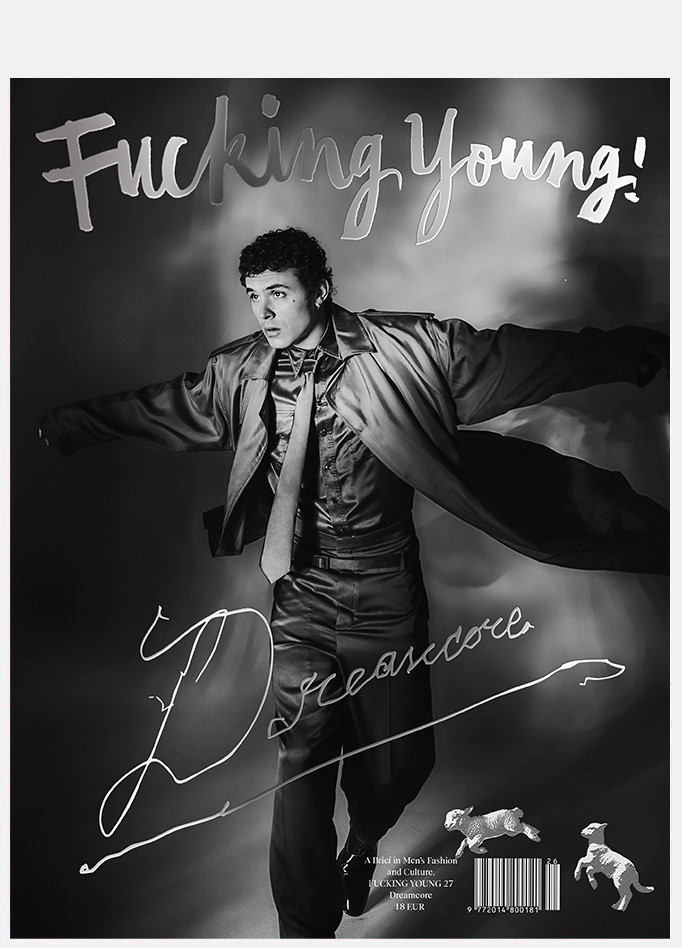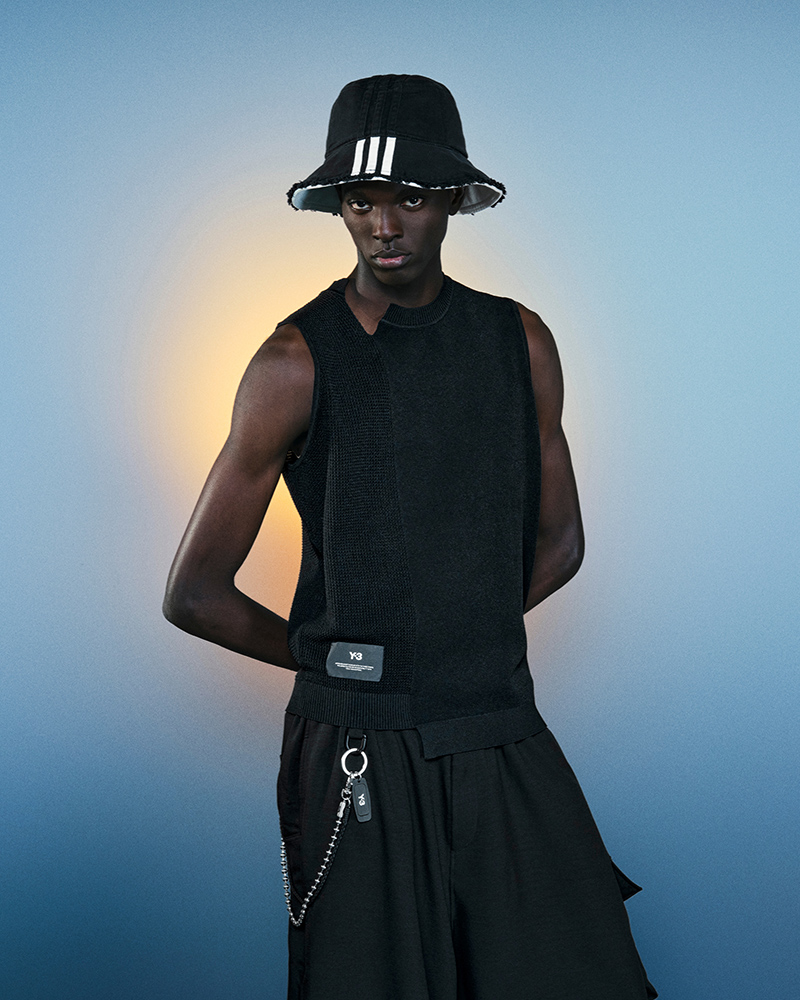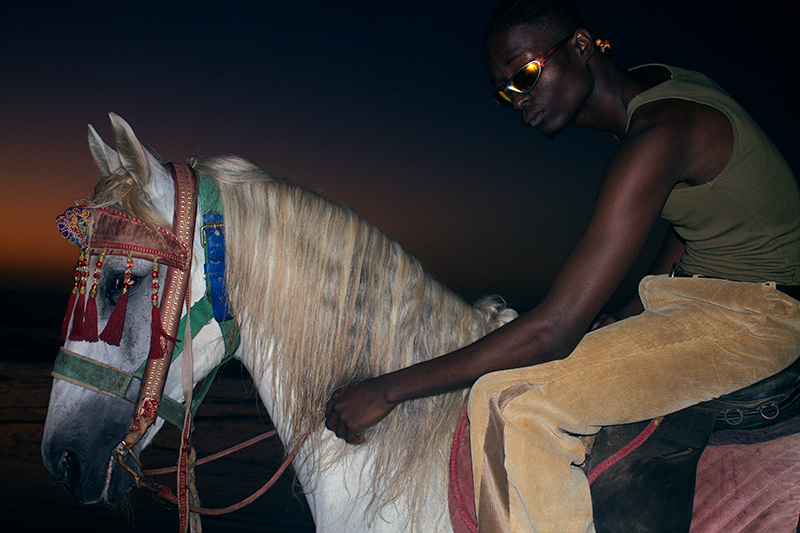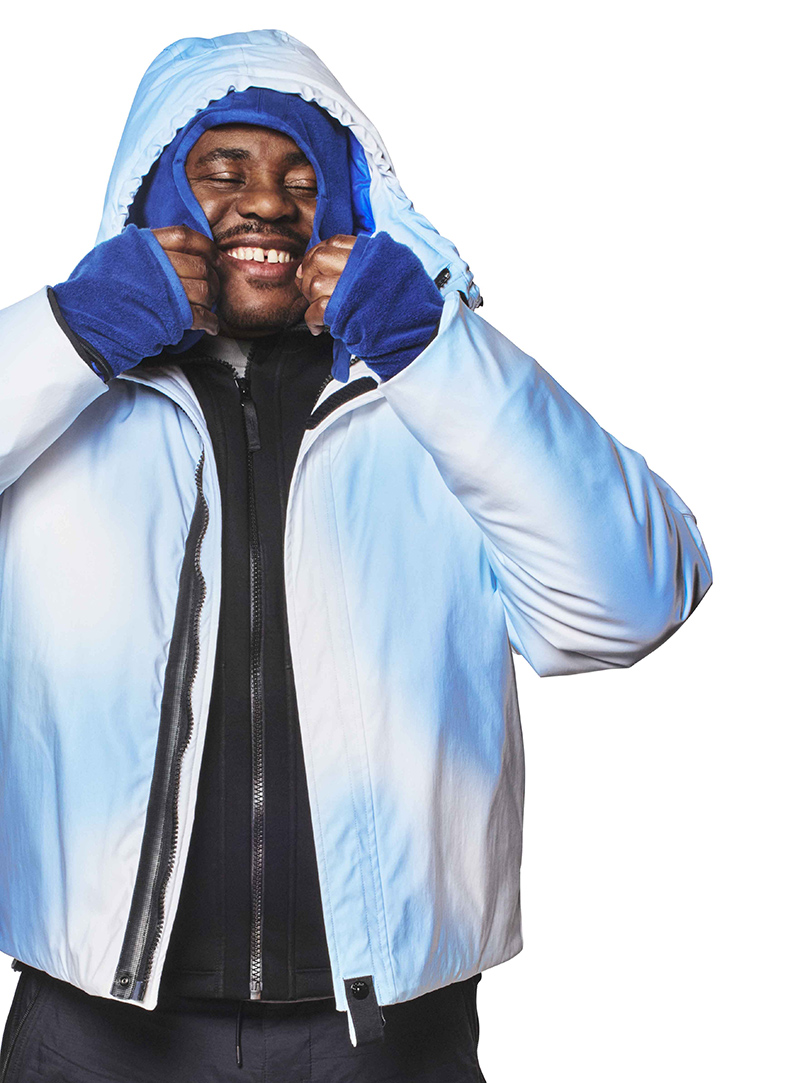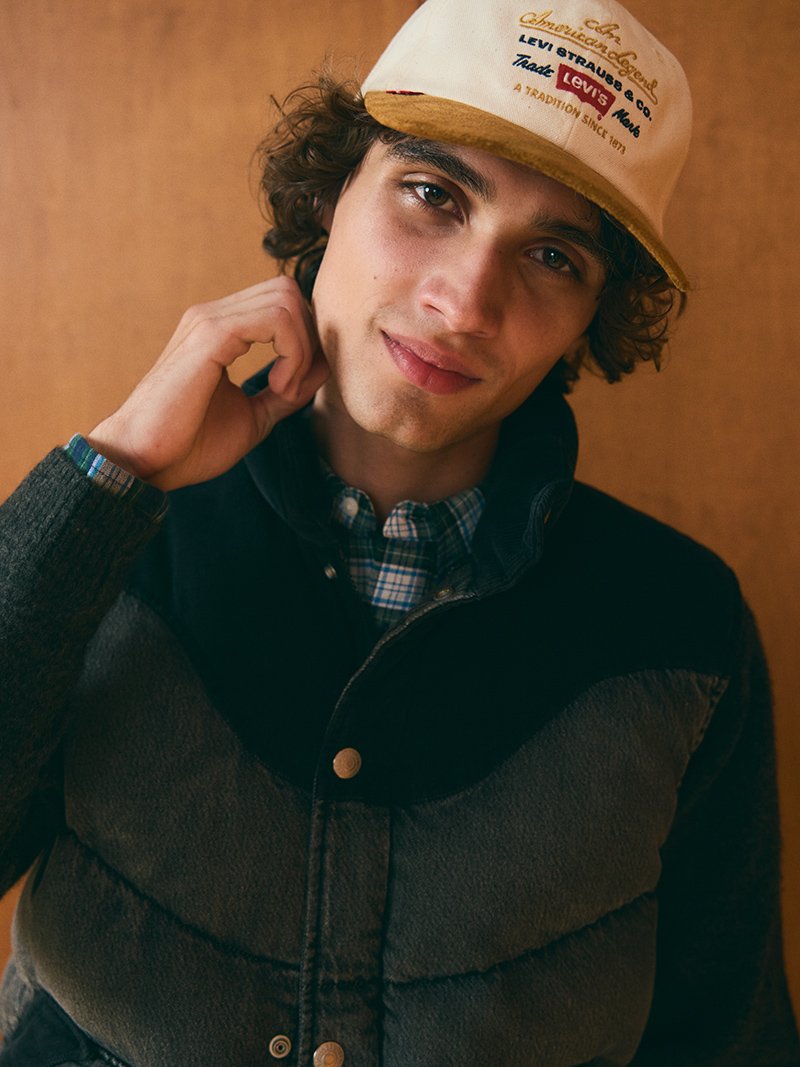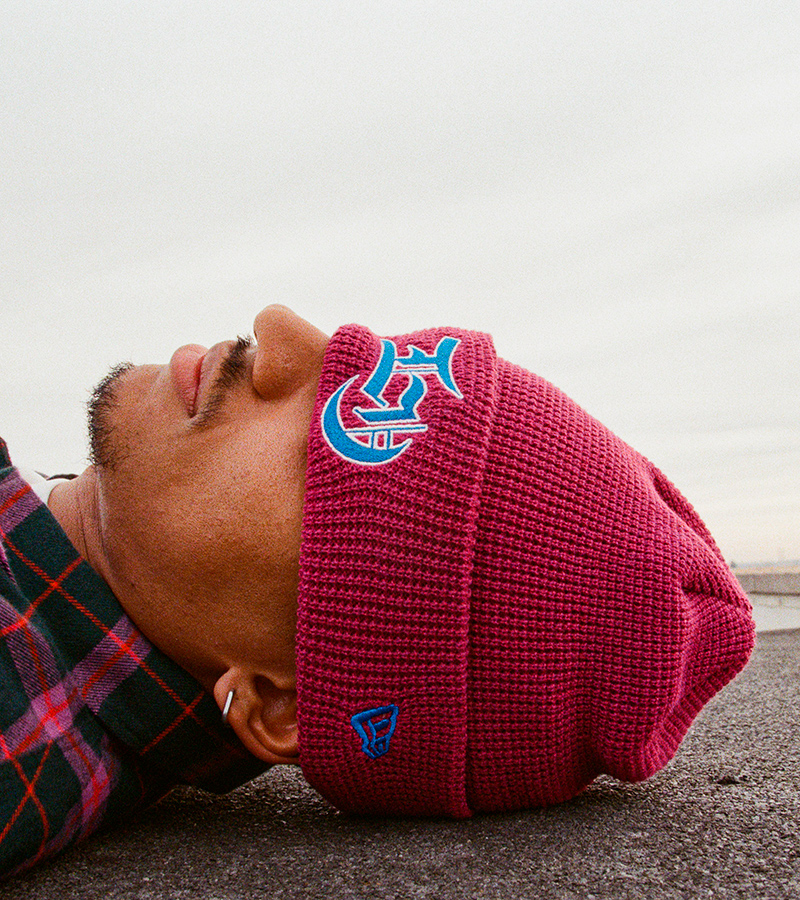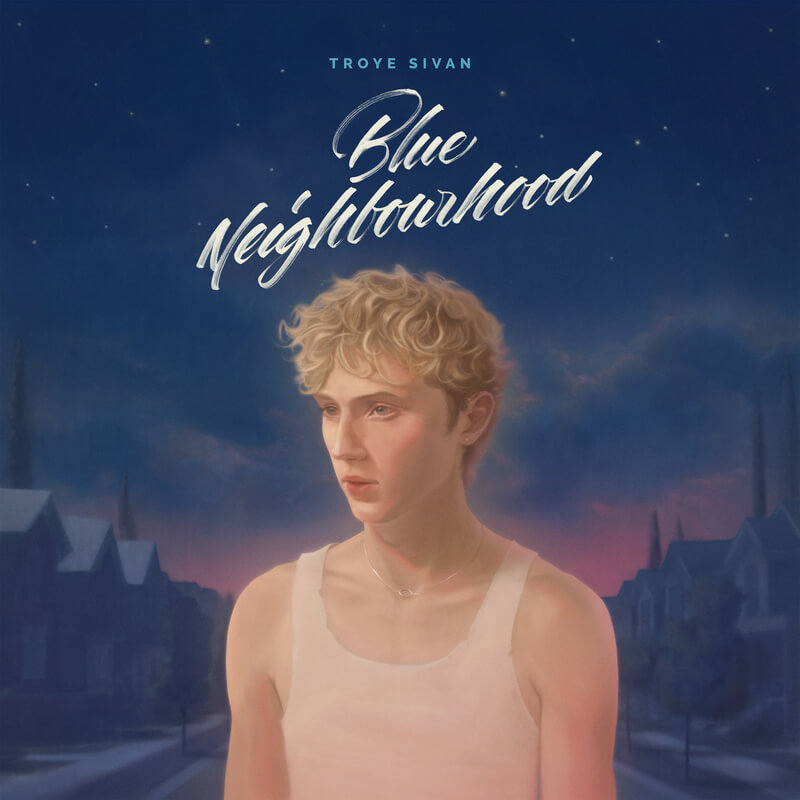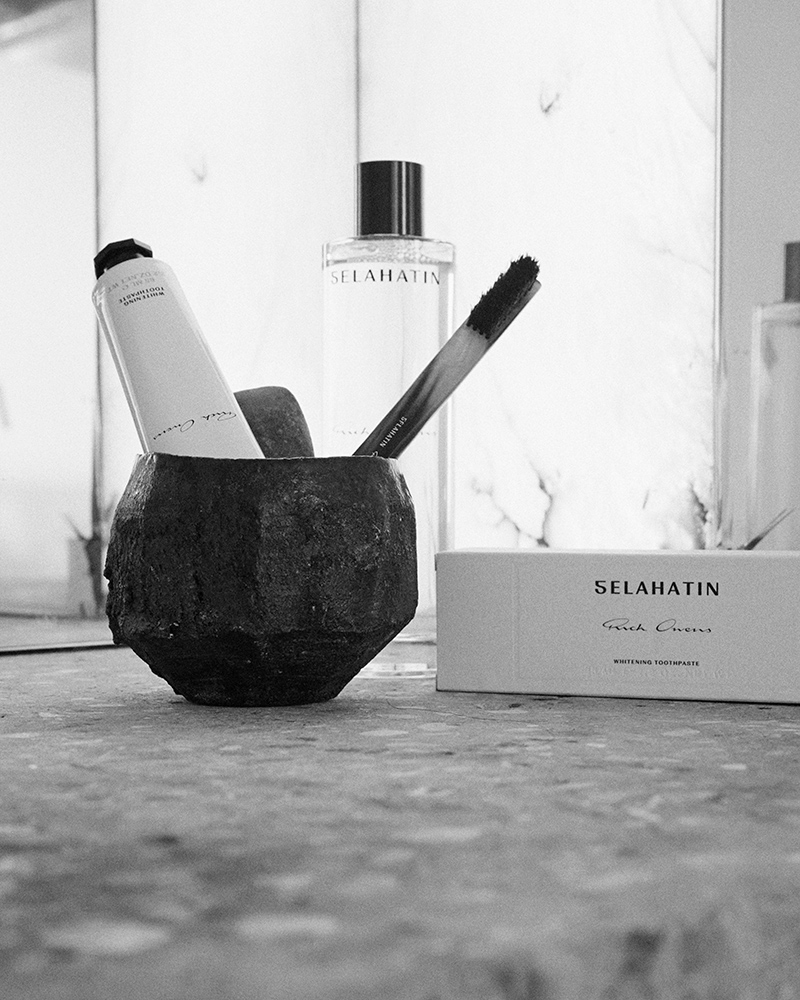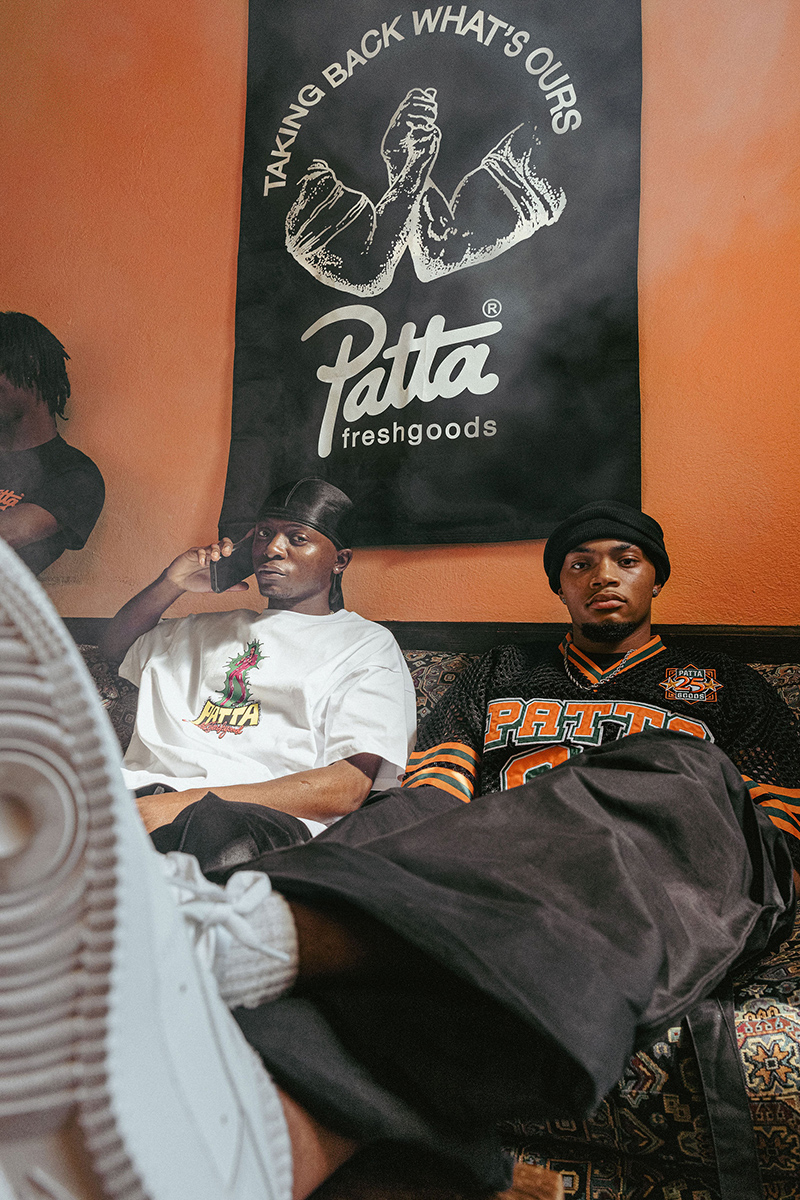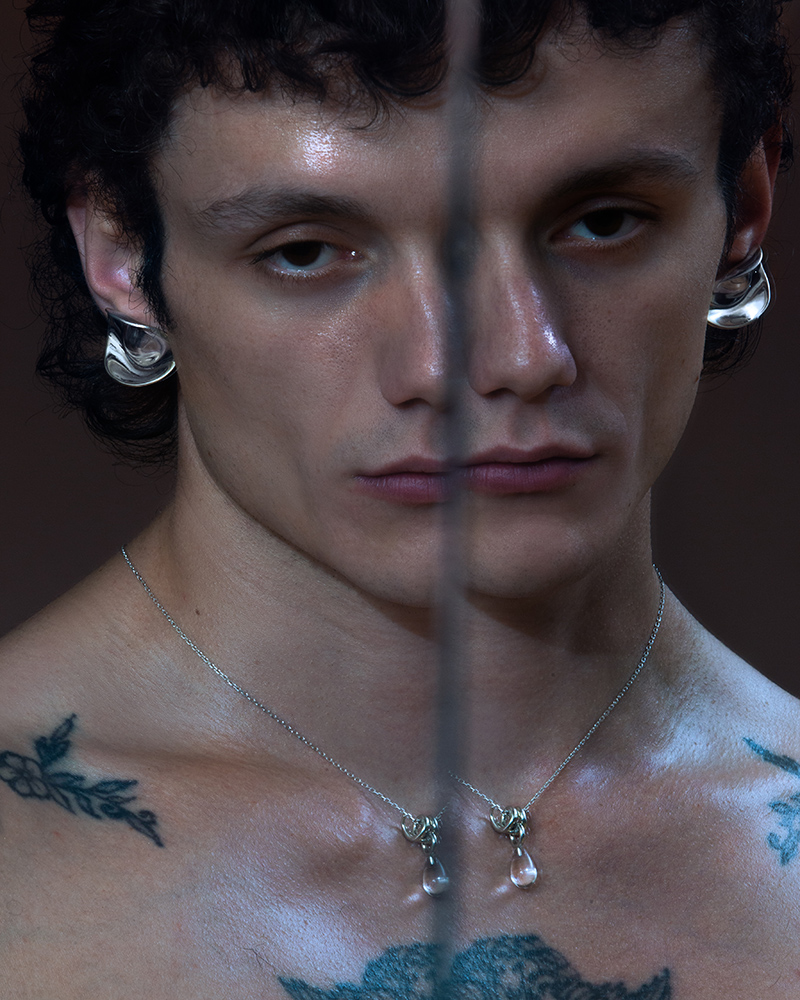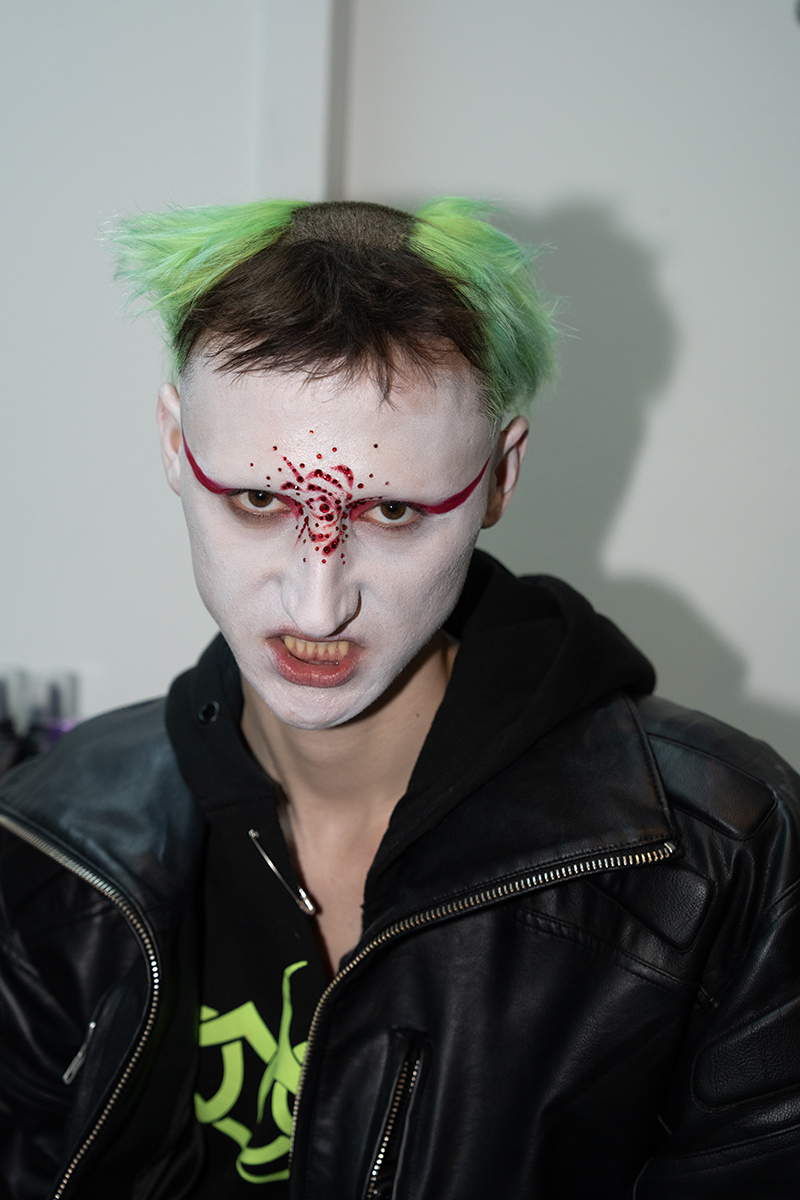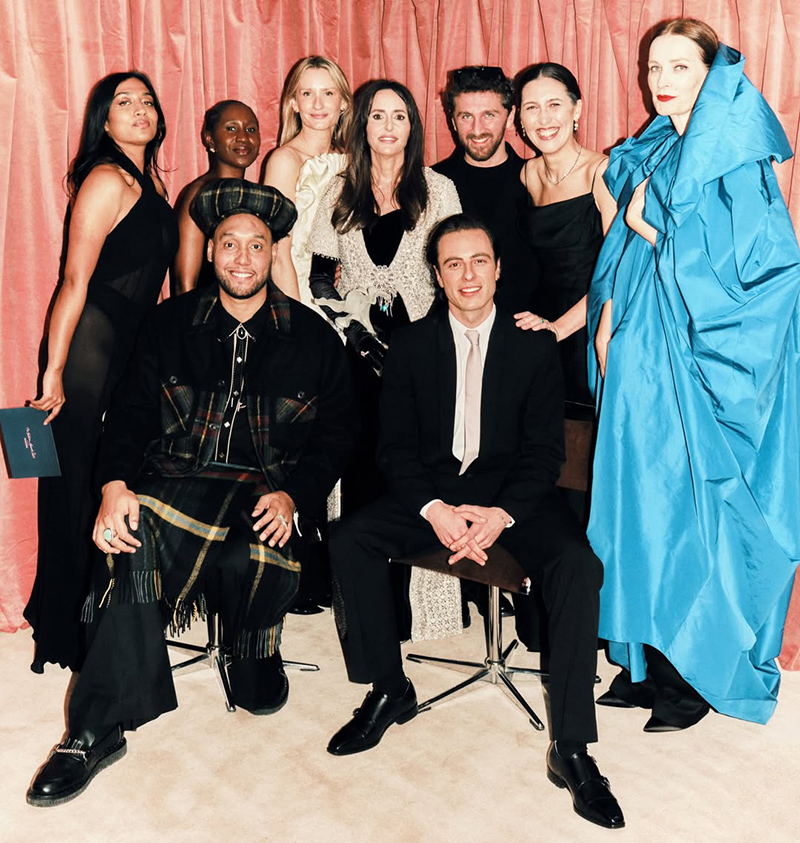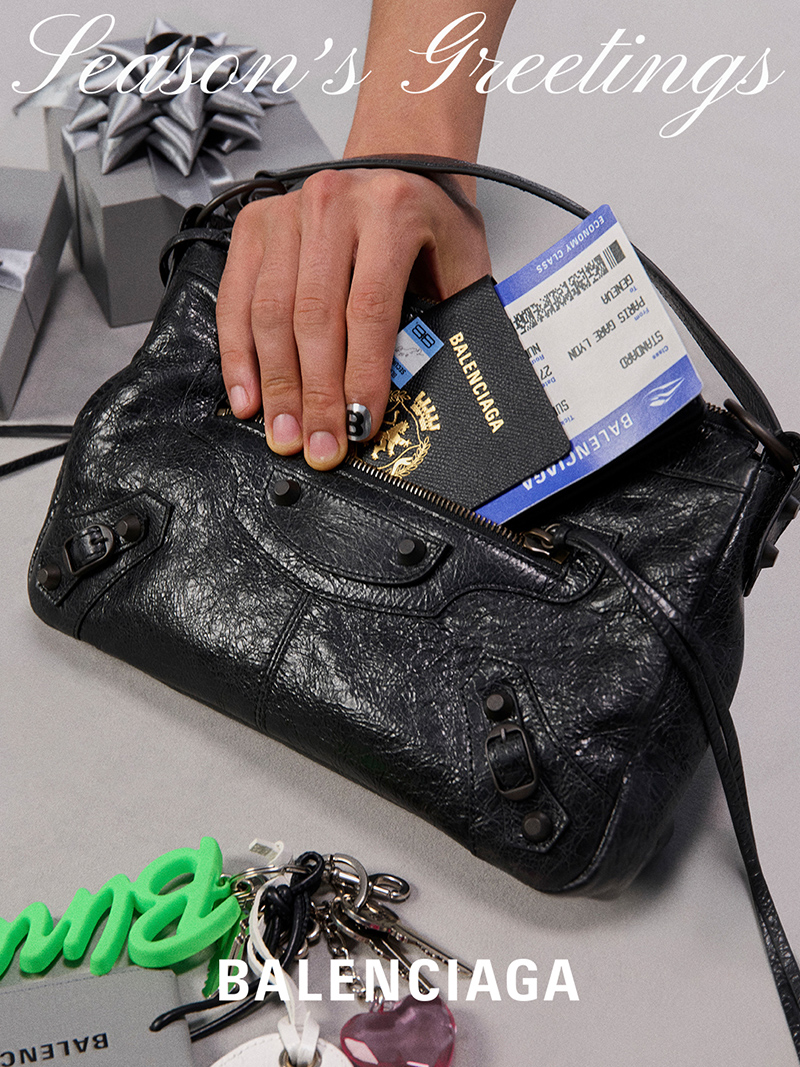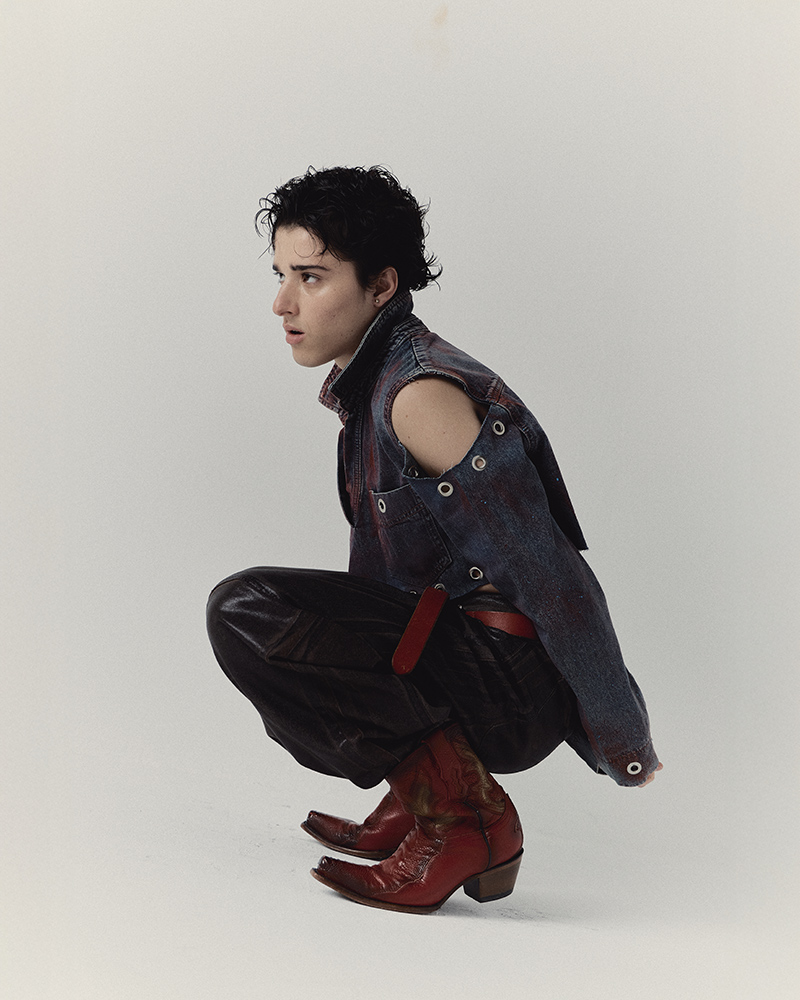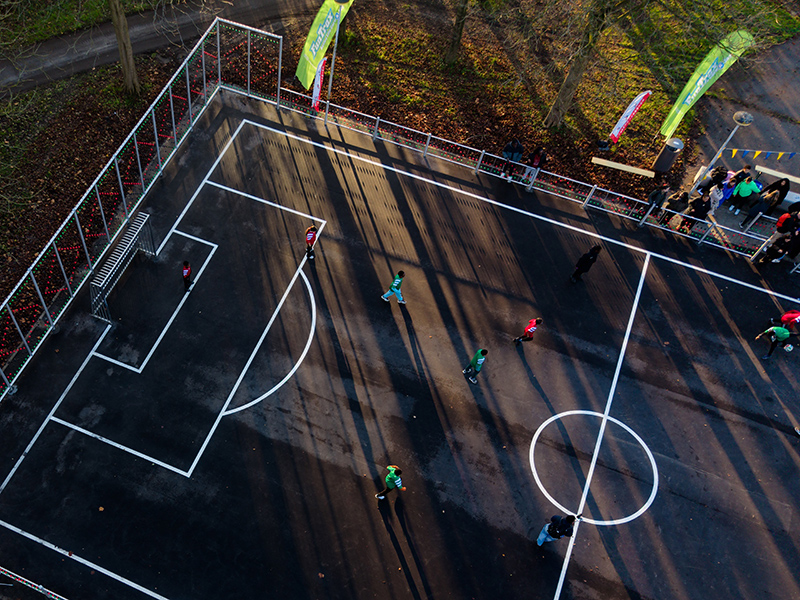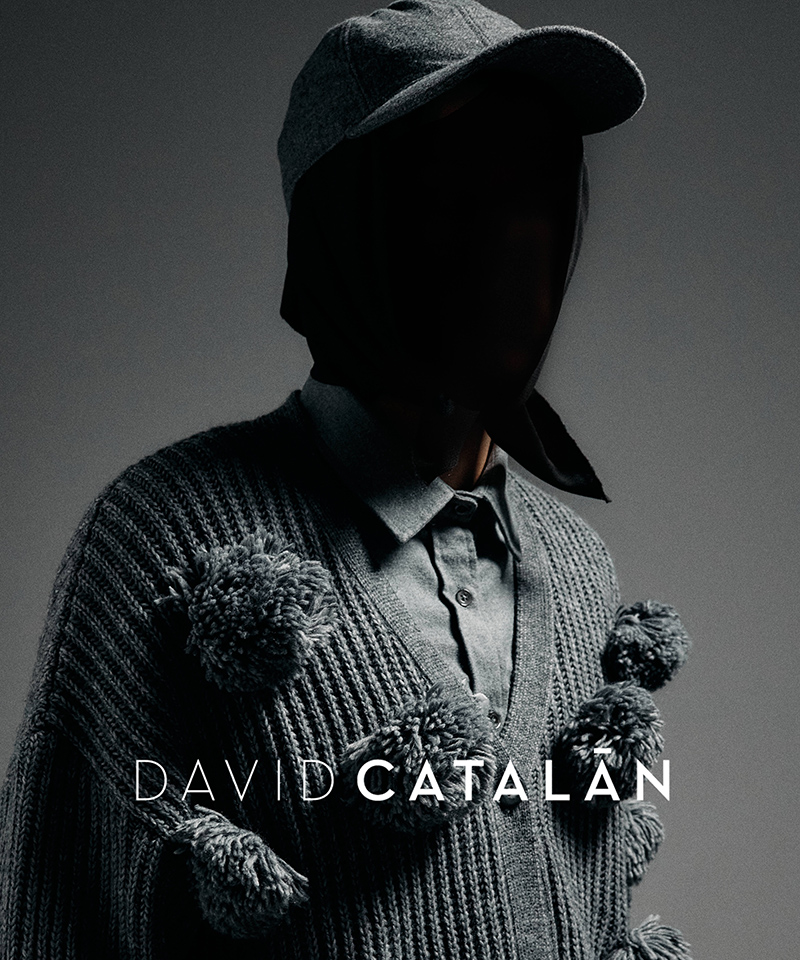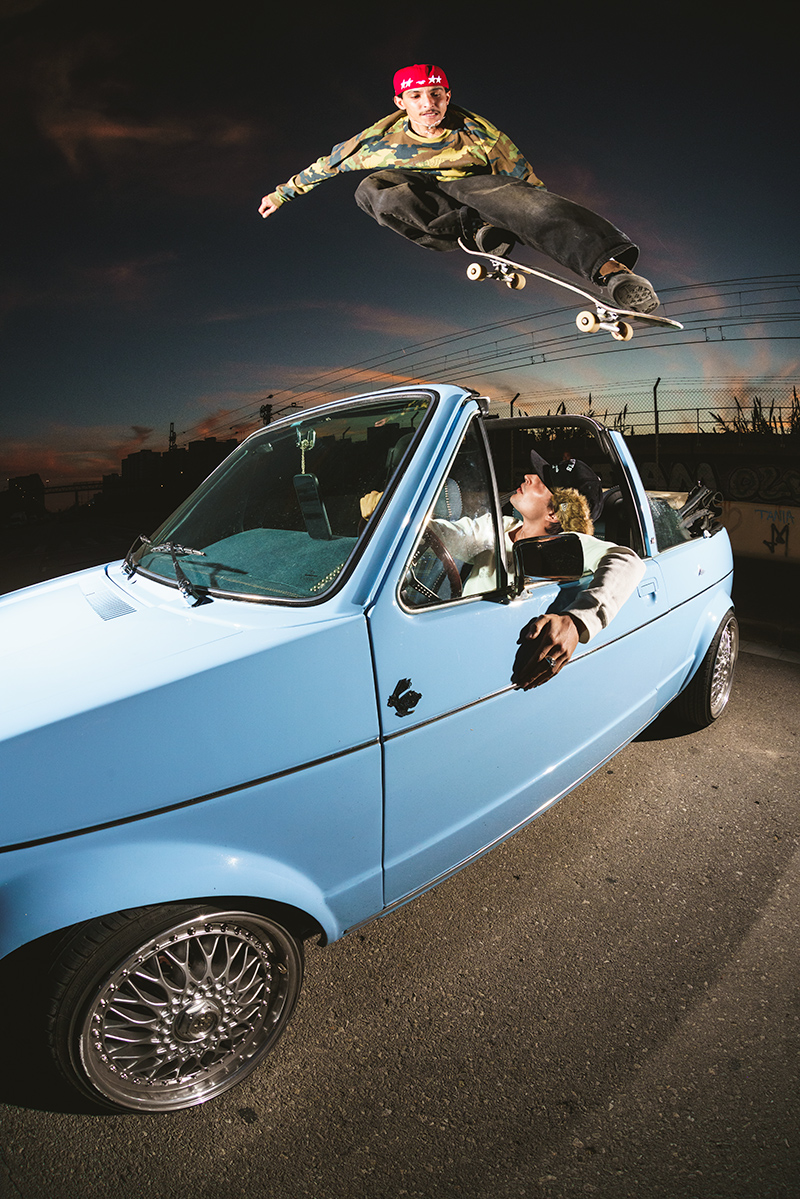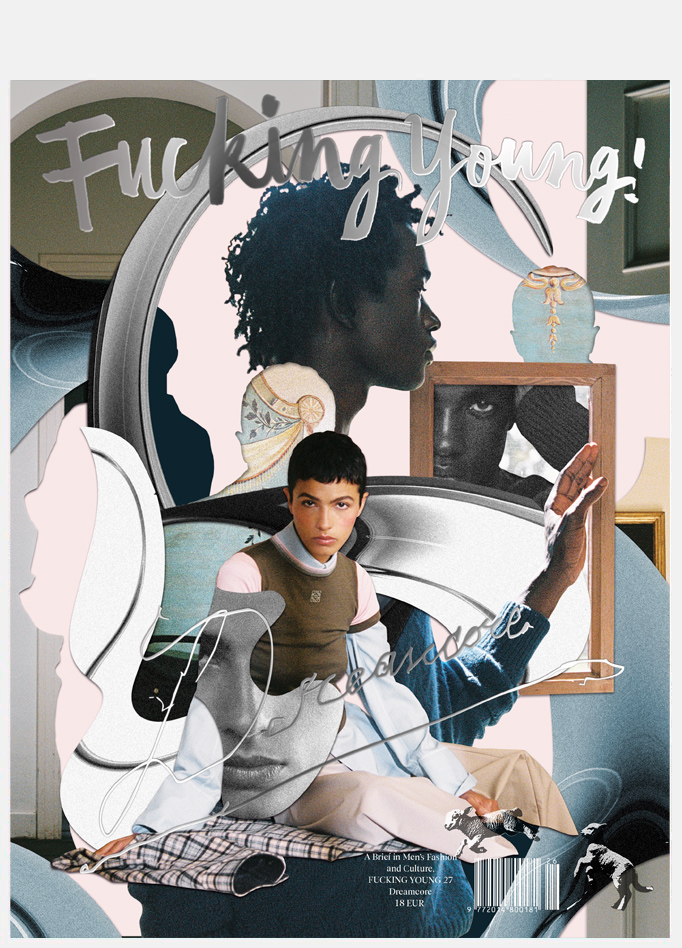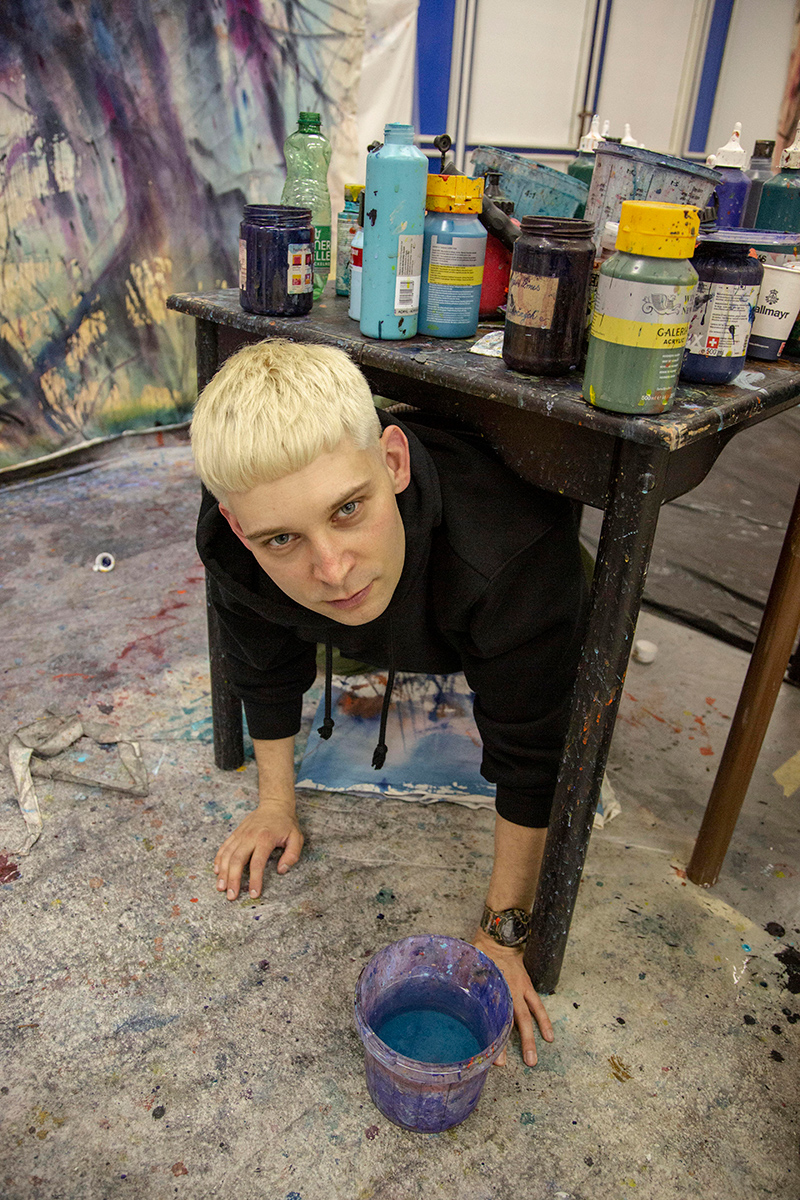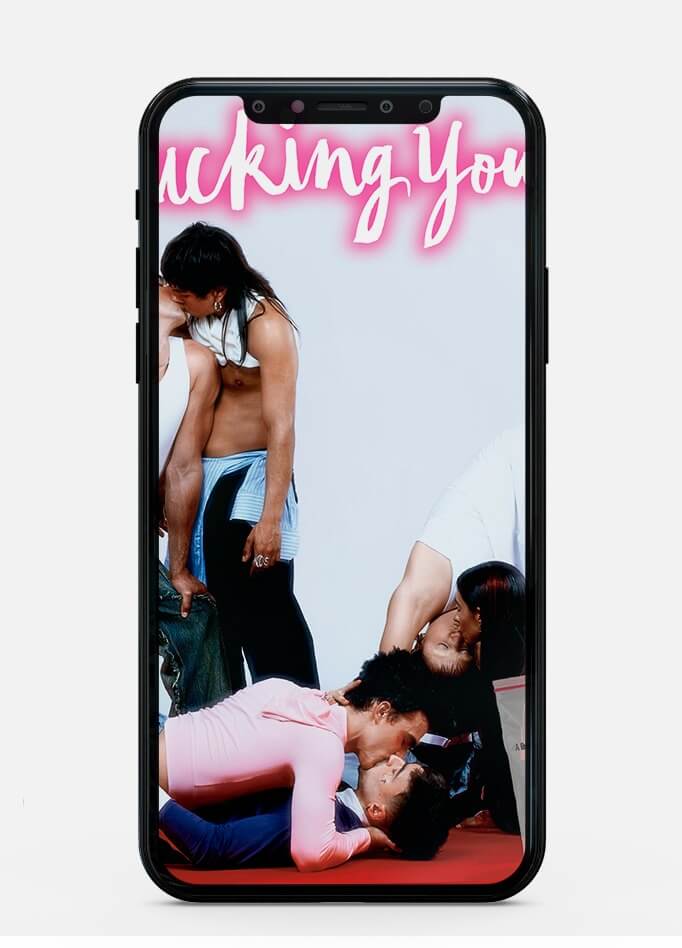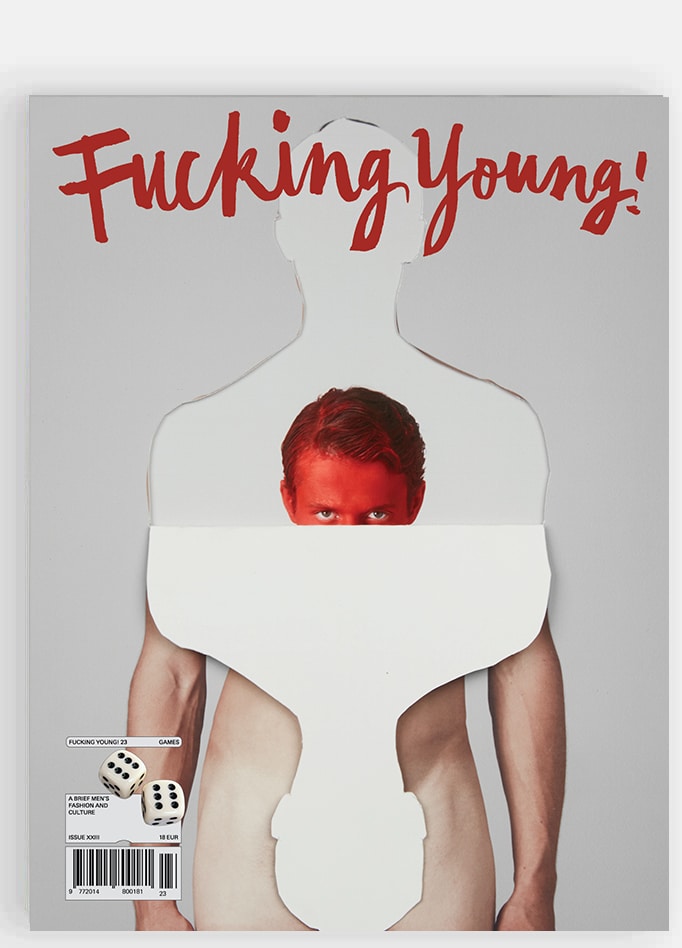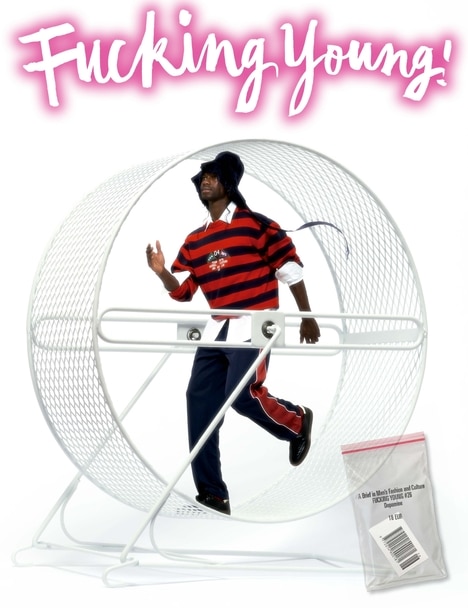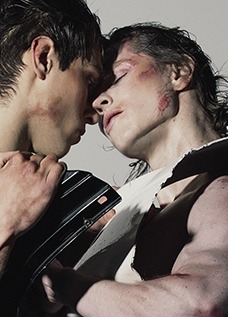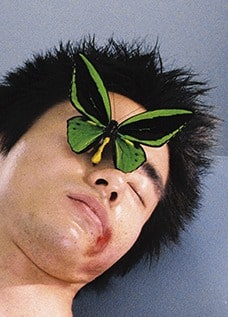We talked with the program leader, Ana Nance, about her role in the project, boundaries, teamwork, or ‘Metamorphosis.’
The magic of photography is increasingly admired not just for how it’s portrayed but for the stories it tells. There are as many perspectives as there are photographers and images in the world, each with its own quirks, shadows, or mysteries. Condensing a story that unfolds over years into a few seconds isn’t an easy task, nor is capturing the essence, pain, or beauty of something or someone.
A couple of weeks ago, we had the pleasure of chatting with Ana Nance, a photographer, multidisciplinary visual artist, and Program Leader of the Master in Professional Photography at IED Madrid. This conversation not only allowed us to explore the different perspectives and opportunities offered by the photography master’s, which is set to begin a new course in January, but also shed light on Nance’s journey. She graduated in 1991 in fine arts and, after completing her training, became a recognizable figure in the international photography scene. Leading the program for just two years, she has successfully built a community of professionals across various disciplines and forms of photography.
During our visit to the center, we witnessed firsthand the evolution of the students throughout the year, immersing ourselves in their images and the personal and professional journey they’ve undertaken to find their place. The academic program inspires knowledge, self-exploration, and excellence, evident in the various proposals. Teamwork also takes on special importance, immersing students in a more professional atmosphere and providing them with unique resources for the future. Artists like Paula Dornan, Antonia Kabugo, Jane Aver, and Montarver, are some of the names we’ve come across in the exhibition, seen through the sensitive and critical gaze of their mentor, the American, Ana Nance.

We had the opportunity to get to know some of the works that the students had produced. What elements are essential in the development of their projects?
Once the student completes the training provided by this master’s, their final projects should reflect what they’ve learned in the process. This means that the student must skillfully align and integrate technique, concept, creative application, and their own style in execution, creating harmony in equal measure.
Nature, color, shapes, or shadows are necessary ingredients for photographic composition. However, among the final projects, we can see how students have developed their style. How has it been to accompany them in this process?
Firstly, it’s crucial for them to know and understand the multiple options for creating a work, to experience it, and then to see and identify what they like and don’t. Once again, practicing, practicing, and practicing has been the only and best way to find that place where they feel better, more comfortable, and more identified.
The ‘CoLab’ project blends teamwork, individual growth, and development in the face of a unique project. How does the character or personality of an artist evolve in the face of such challenges? Where does the idea come from to carry it out?
For IED MADRID, the development of teamwork is fundamental, not only because it is a part of life itself but also because, in projects like CoLab, where we develop a project in groups composed of students from different master’s programs, the energy found is contagious.
This energy overflows in both the creative ambition of the participants and their performance in roles that they naturally find when mixing with people of different characters. This leads them to learn about themselves and pushes them to face essential social and work circumstances, such as collaboration and intuition when interpreting results, whether admired or not by their peers.

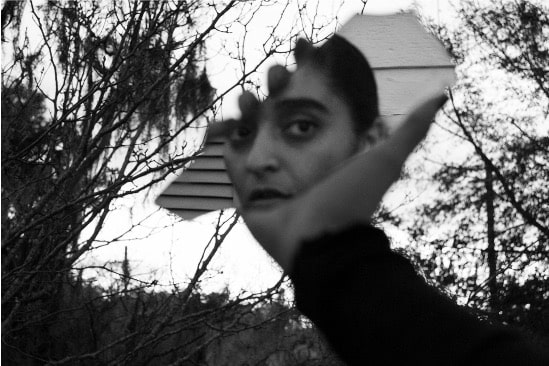
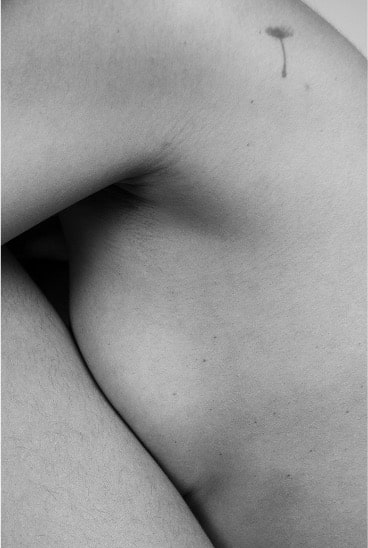
Antonia Kabugo
You have great professionals, a very family-like atmosphere, and a wide range of offerings related to art, but what do you consider sets the IED Madrid family apart?
In addition to what you’ve mentioned, I would highlight the diverse backgrounds of our students—their different stories, origins, baggage, and experiences. Some are of national origin, but the majority are international. Also, IED Madrid’s scholarship offerings allow people with very different economic profiles to mix in a classroom, contributing a lot to the richness of conversations within the master’s program.
Among the portfolios, there are advertising, editorial, or artistic portraits, but how do you manage to train artists with such different styles and, at the same time, such polished photographs?
That’s the big challenge. The team of teachers is so good; that’s what helps them in this process. I try to ensure that the faculty members are very diverse in their genres and practices in photography. This way, students can taste and experiment with various options before asking them to focus on a specific genre, whether it’s Documentary, Fine Arts, or Commercial.
Your curriculum focuses on exploration and self-discovery. How important is it to know who the photographer is when capturing a portrait?
This depends a lot on the type of portrait we’re dealing with. It’s not the same to capture a portrait of a model as it is of a public figure, an actor, a writer, or someone not accustomed to interacting with the camera, like a doctor. Whether the portrait is taken in a studio with them sitting in front or at a public event, capturing them in action, makes a significant difference. We start there so they can later delve into their identity as a photographer behind the lens and develop their own style.
Paula Dornan
‘Metamorphosis’ is the central theme this year. How would you describe this journey? How is it received by the audience?
For some, the “where to go” has been very clear, as ‘Metamorphosis’ is a broad and general theme. A student, especially in the visual arts, is always changing as they grow, so the theme seems very fitting for this personal process they are going through.
We’ve been very successful this year due to the level of the group and the fact that they have built a very close relationship among themselves. After leading this master for two years, I have also improved and grown, and I believe that our team at IED Madrid already has the recipe for a good result.
What attributes do professionals from IED Madrid possess compared to other formations?
Our students leave the master’s with a well-rounded education, developed from a professional perspective to launch directly into the professional world. Additionally, the master’s is taught in English, which allows them to learn how to navigate and communicate professionally in that language, predominantly used in photography-related work environments.
Life, nature, and evolution go hand in hand in this project. Are there creative limits?
No creative limits. In any case, the only impediment we might encounter is time. The master’s lasts for a year, and not everyone moves and works at the same speed, but still, most of them have time to explore, experiment, challenge themselves, and explore their creativity.
What stylistic codes are explored among the authors?
We touch on many genres, such as Documentary, Personal, Conceptual, and Commercial. If we delve into more details, we explore still life, studio portrait, location portrait, fashion photography, photojournalism, landscape photography… And if they have an interest in something specific that we haven’t covered in the program, we have the ability to adapt and dedicate time and effort to what interests them the most.
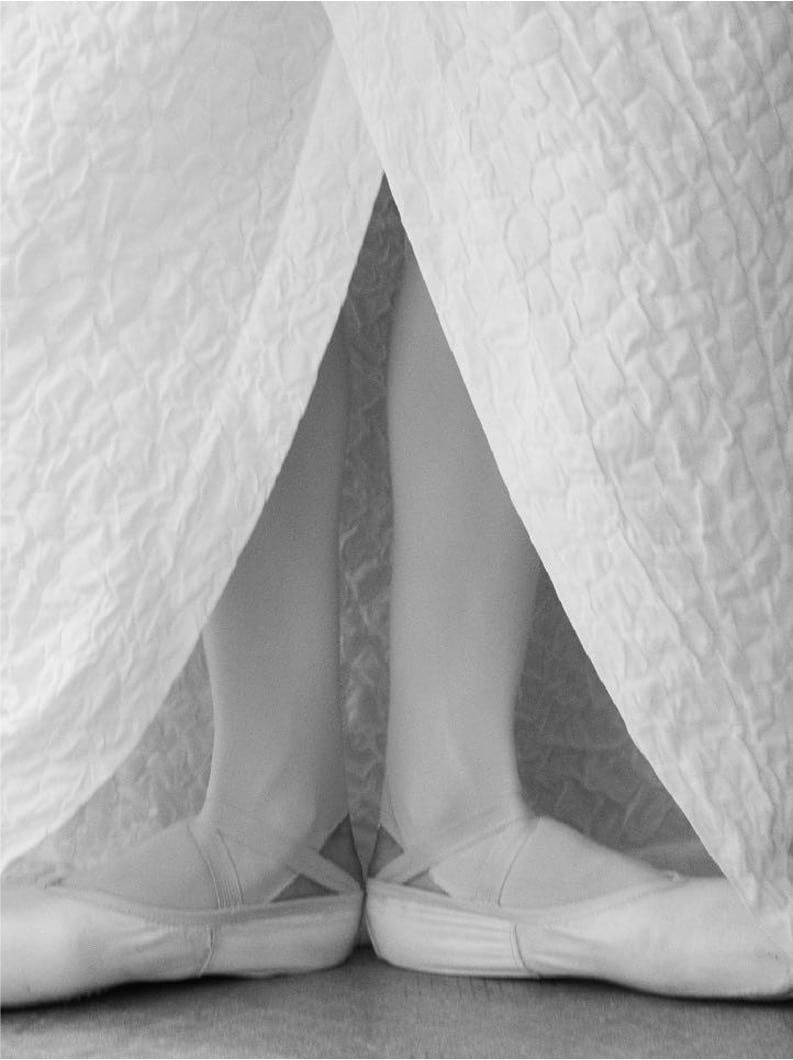

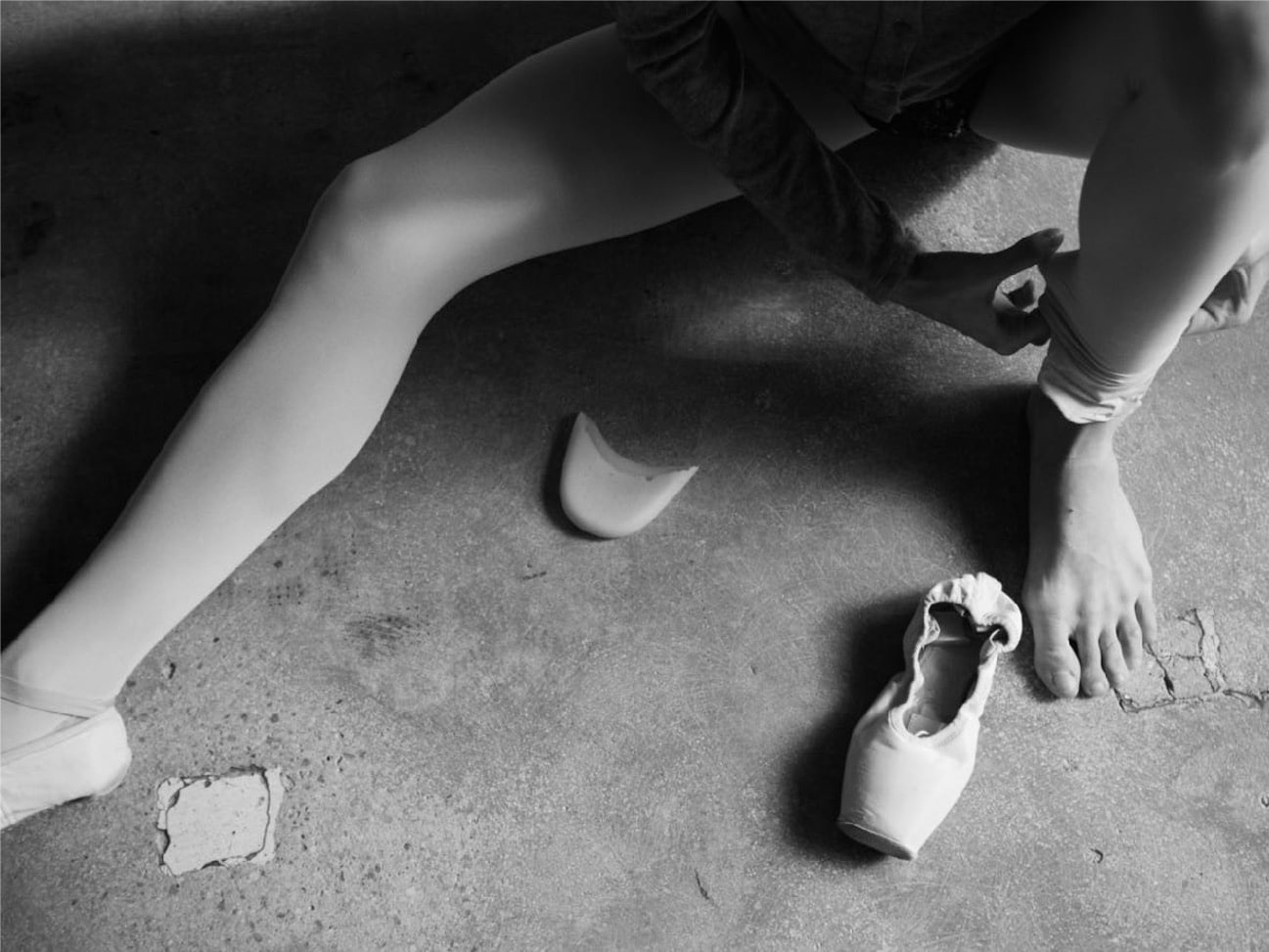
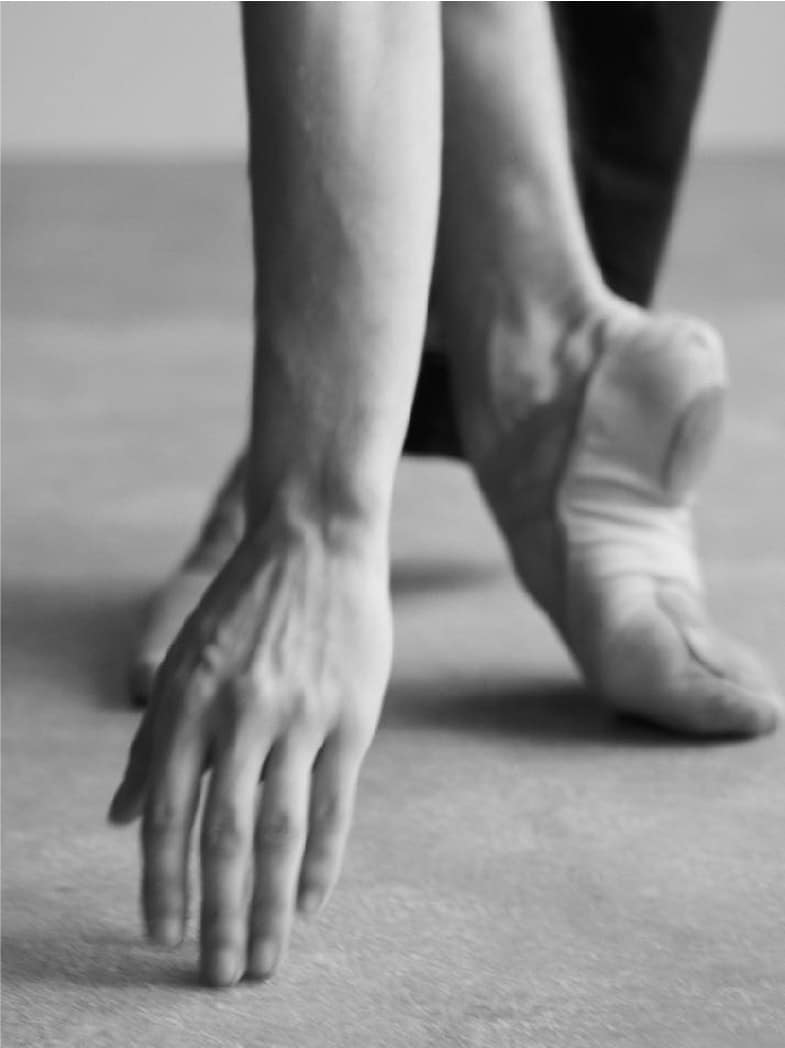
Jane Aver
Discover more details about the next call for IED Madrid Professional Photography Master at www.ied.es



